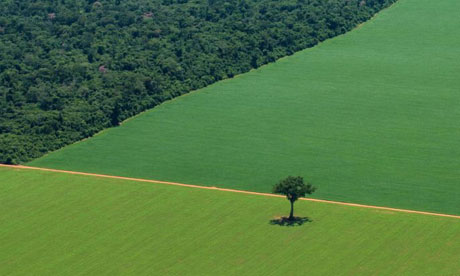
Although I said that I wouldn't talk much about restoration the blog is also a place for things I'm not going to be talking much about....
Since they are currently painting a big green stripe on the hills above us, visible from much of campus, I thought I'd find out a bit about what they are up to. Information below is from an article in the
Goleta Valley Voice and a
Forest Service Press release. The photograph was posted on
edhat.
What is going on is that a fleet of small planes are flying numerous flights to add a mulch mix to areas that burned during this year's Gap fire. The technique is known as hydromulching and is being used to help stabilize the bare soil, and, hopefully, reduce flooding this winter.
Hydromulch is a mixture of wood mulch, recycled paper, water, green dye and a glue to stick it all together. It helps to bind the soil, preventing erosion, and hold moisture which can aid in seed germination. The green dye is just there to help the pilots see which areas have been covered and fades to a green/gray color after a few weeks. Although hydromulching sometimes includes seeds into the mix no seeds or fertilizer are being used in the current application.
The magnitude of the operation is impressive. There are six small planes involved, each carrying 800 pounds of hydromulch per trip. They make a combined total of 200 trips each day and the flights will go on 10 hours a day, 7 days a week for 2 months.
Of the 9,500 acres burned in the Gap fire, 2,500 acres are suitable for hydromulching and 1,500 acres this is on Forest Service land and is the area currently being covered, at a cost of $3,200 per acre.
The aim of all this effort is almost entirely to prevent flooding so it is interesting to consider what impacts it might have on the natural regeneration from fire.
 Also spotted in the news yesterday was this report that leatherback turtles have been seen off the central California coast, drawn by an increase in the numbers of jellyfish.
Also spotted in the news yesterday was this report that leatherback turtles have been seen off the central California coast, drawn by an increase in the numbers of jellyfish.




